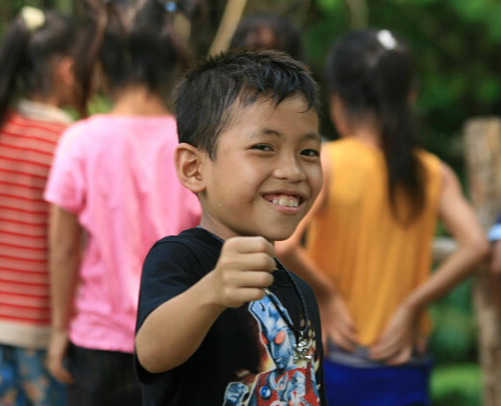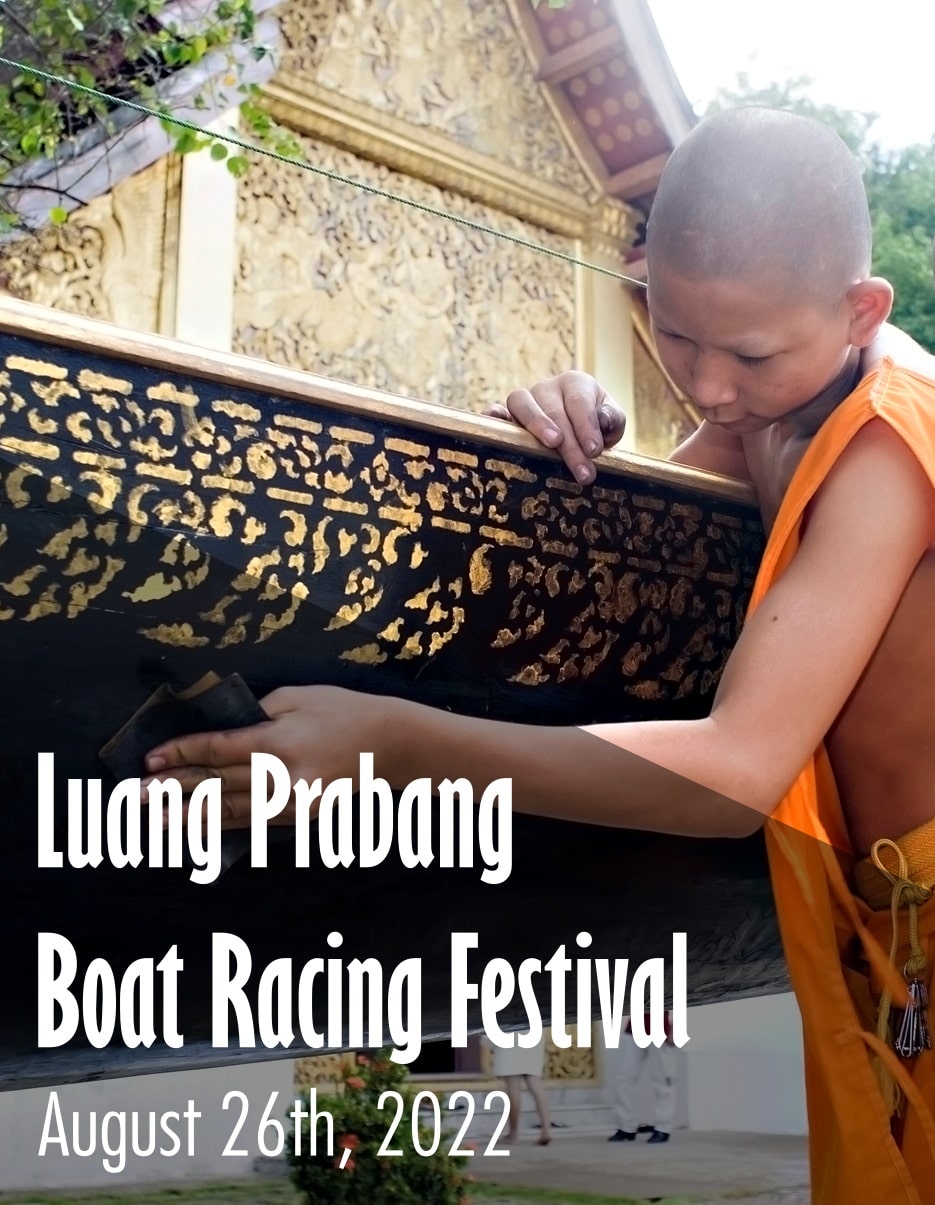Muang Sing is the biggest city in Luang Namtha Province and used to be the epicenter of all things opium. It is near the border to both Myanmar and China and now a popular pass through for those traveling around the region. It was part of the French Laos as well in the early 20th century, with a population of Lao, Yunnanese, and nine other ethnic groups.
But most people miss the many ethnic villages scattered in the surrounding mountains hidden by forests and rice paddies. In fact, out of the 37 thousand inhabitants about 60% of them are from Akha with many Tai Neua and Tai Lu in addition to other smaller tribes. With many up and coming eco trails and day treks, here’s what to do in Muang Sing:
Trekking Muang Sing
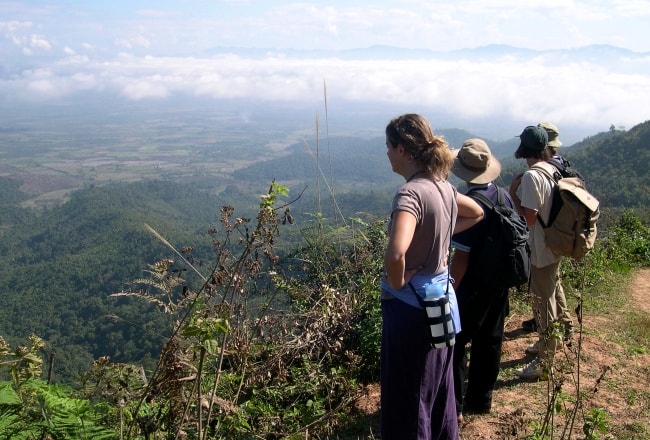
With its pristine, natural beauty, stunning mountain views and ethnic hill-tribe villages, remote trekking in Muang Sing is the real deal. We offer the program tour from one to multi-day programs, treks vary in their intensity and inclusions (such as village visits, homestays, river boat rides and foraged meals).
Muang Sing Museum
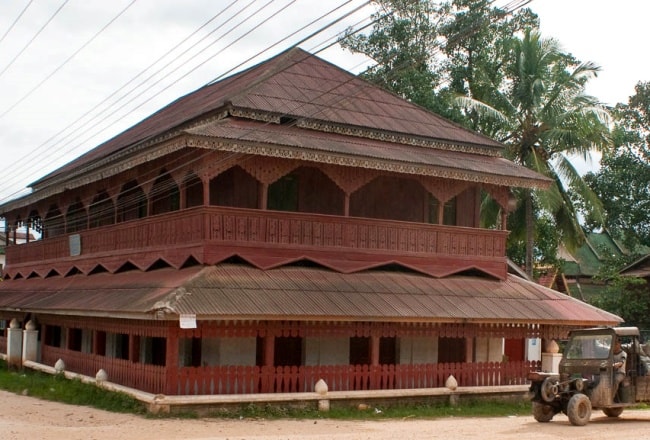
Close to the center of town, is a good place to start exploring Muang Sing's rich culture and history. The old wood and brick building was once the residence of Phanya Sekong, a local lord called Jao Fa Noi or Little Prince, who ruled over the area in the early 20th century. The building was restored in 2005. Due to its functional structure the façade was refinished, but the clay roofing tiles that covered the residence of Phaya Sekong before were converted to a mix of corrugated iron and asbestos tiles painted red.
There is an excellent collection of traditional tools from the major ethnic groups in the area. Displayed on the building's upper floor is an interesting variety of valuable 18 - 19th century historic and religious pieces that have been preserved by the people of Muang Sing.
Open Monday-Friday from 9 to 11:30 am and 1:30 to 3:30 pm, admission fee 5,000 kip (plus 5,000 kip extra for the Akha film).
Ethnic Groups Villages
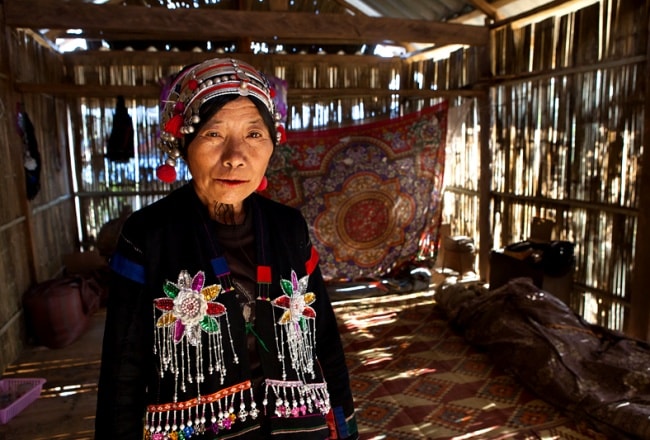
Take a guided tour by one of the local operators or hop on a bicycle for a full-day exploring Muang Sings’ town environs. On a tour you will visit 8-10 villages and learn about the rural life of different ethnic groups. The China border is only 10 km from town and makes for a refreshing journey on a bicycle. You can't cross the border, however the scenery along the way is beautiful and worth the ride. The Muang Sing Market The heart of the town and attracts people from the entire region to buy fresh foods and products for daily use imported from China. Best time to visit the market is between 7 and 8 o'clock in the morning: retailers from all the ethnic groups arrive to sell vegetables, fruits and meat, and Tai Lue women present their famous noodles. It's also a great place to look for local handicrafts purchased by Tai Dam, Tai Lue and other ethnic groups. Try the local food such as soybean paste, waffles and local sweets (‘Kainom’) often made from sticky rice and coconut.
That Xieng Tueng (Xieng Tung Stupa)
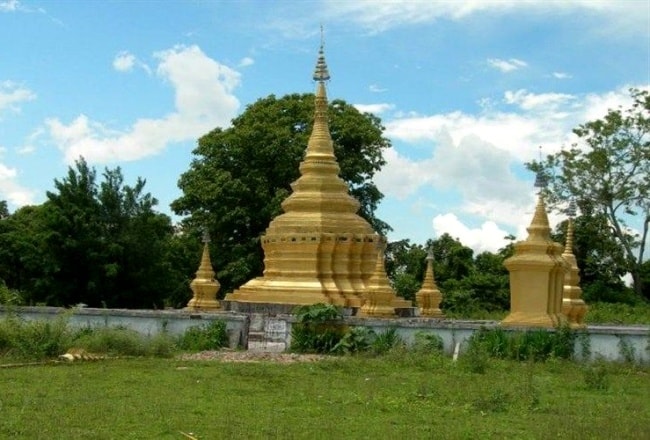
The most important stupa in Muang Sing. It is said to contain the Adam's apple of Buddha. The date of when it was built is unknown. To the left of the stupa are some stairs which lead to a sacred fountain and a sacred stone. If you follow a path to the right of the stupa (be careful!) downhill you might be able to find the old moat and wall of the stupa. The biggest festival of the year, That Xieng Tung Festival, is held here every year during the full moon of the 12th lunar month (usually in late October or early November) and attracts a wide gathering from villages and people around the district and Luang Namtha province. The stupa is located 5.5 km from the center of town, on the road towards Luang Namtha, situated on top of a hill. There is a big dirt road leading up to it on your right as you're coming from Muang Sing.
Temples & Monasteries
In Muang Sing more that 27 temples (Vat), that the old Vat is Vat Xieng Chai (Vat Luang). The most important vat in the area is located off the main road next to the museum. By 1890 only Vat Luang existed within the town walls. Vat Namkeo, which has a large monk residency, is a short walk from the fort. It is also quite beautiful and is located on the road to Xieng kok, just as you turn off from the paved road to Namtha on the right. Vat Xiang Yeun, and Vat Xieng Lae can be visited along the way to the Muang Sing Market on the northern edge of town. Vat Xieng In short distance of the bus station.
Xieng Khaeng Mountains & Upper Mekong
Xieng Khaeng is a largely unexplored, stunning region with beautiful mountains, waterfalls and caves, embedded between mountains and the Mekong River. Only a couple of hours from Muang Sing town, the Akha and Tai Lue villages in this remote area have still kept their traditions and culture. Access to Xieng Khaeng is difficult and a local guide is required. The northern-most extreme of the Mekong River in Laos is found in Muang Sing. As the Mekong rushes out of China into the Green Triangle bordering Myanmar, it makes its way through steep canyons before slowing down further south. This section can be accessed by boat from Xiengkok in Long District, but also by gravel road leading across the mountains from Muang Sing down to Xieng Khaeng. On this remote and beautiful stretch of the river are some of the oldest Tai Lue settlements in the district: Ban Xay and Ban Xieng Khaeng. Those looking for adventure can explore Xieng Khaeng on a 2, 3, 4, 5, and 7 days trek and river cruise or on a 4WD tour.
Nam Keo Waterfall
Nature lovers will enjoy this place. The multi-tiered Nam Keo Waterfall is located about 2 kilometers from the That Xieng Tung and can be visited as part of a guided tour from the Muang Sing Ecoguide Service or while on the Akha Experience. Pha Yueng Waterfall is a good place for a refreshing dip. It is located in Nam Ha National Protected Area, 17 km south of Muang Sing on the road to Luang Namtha. Follow the trail along the river for about 20 Minutes, and then you will reach the waterfall.






